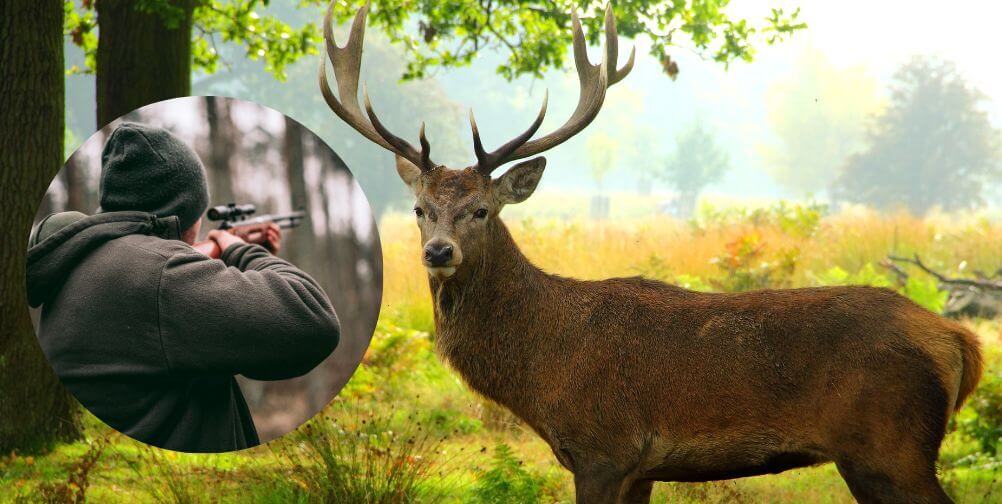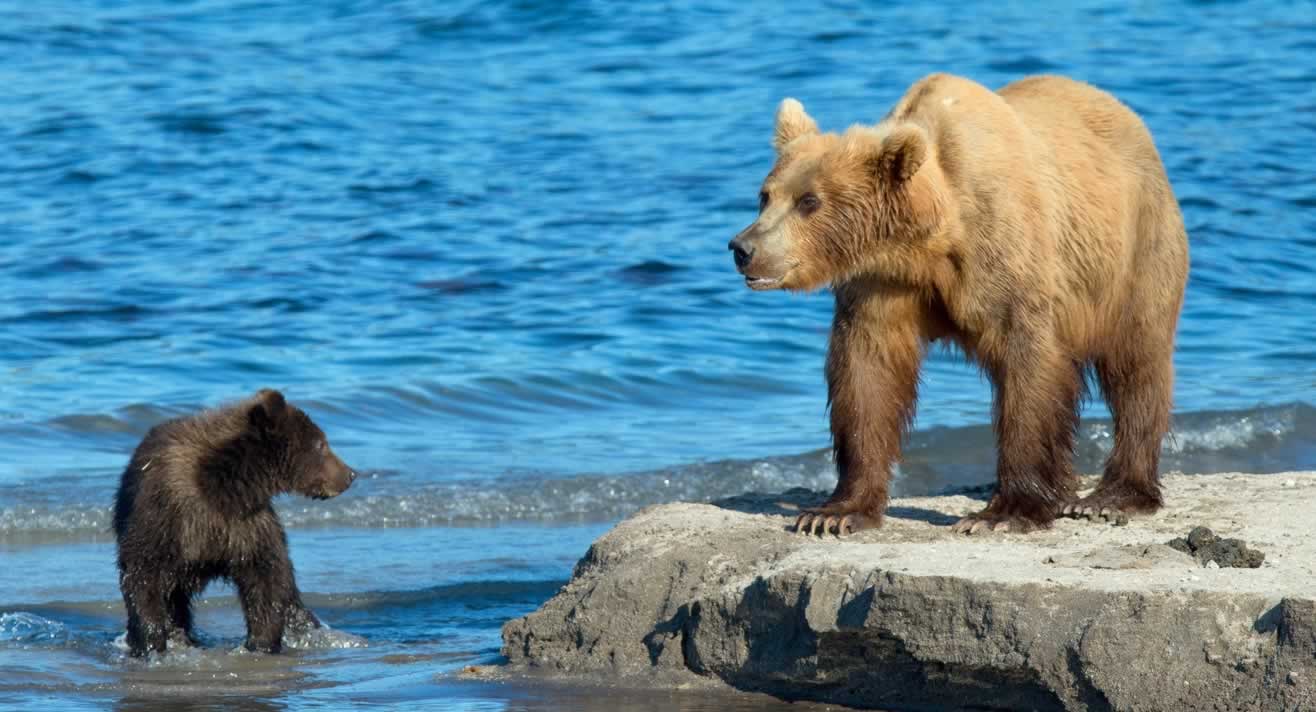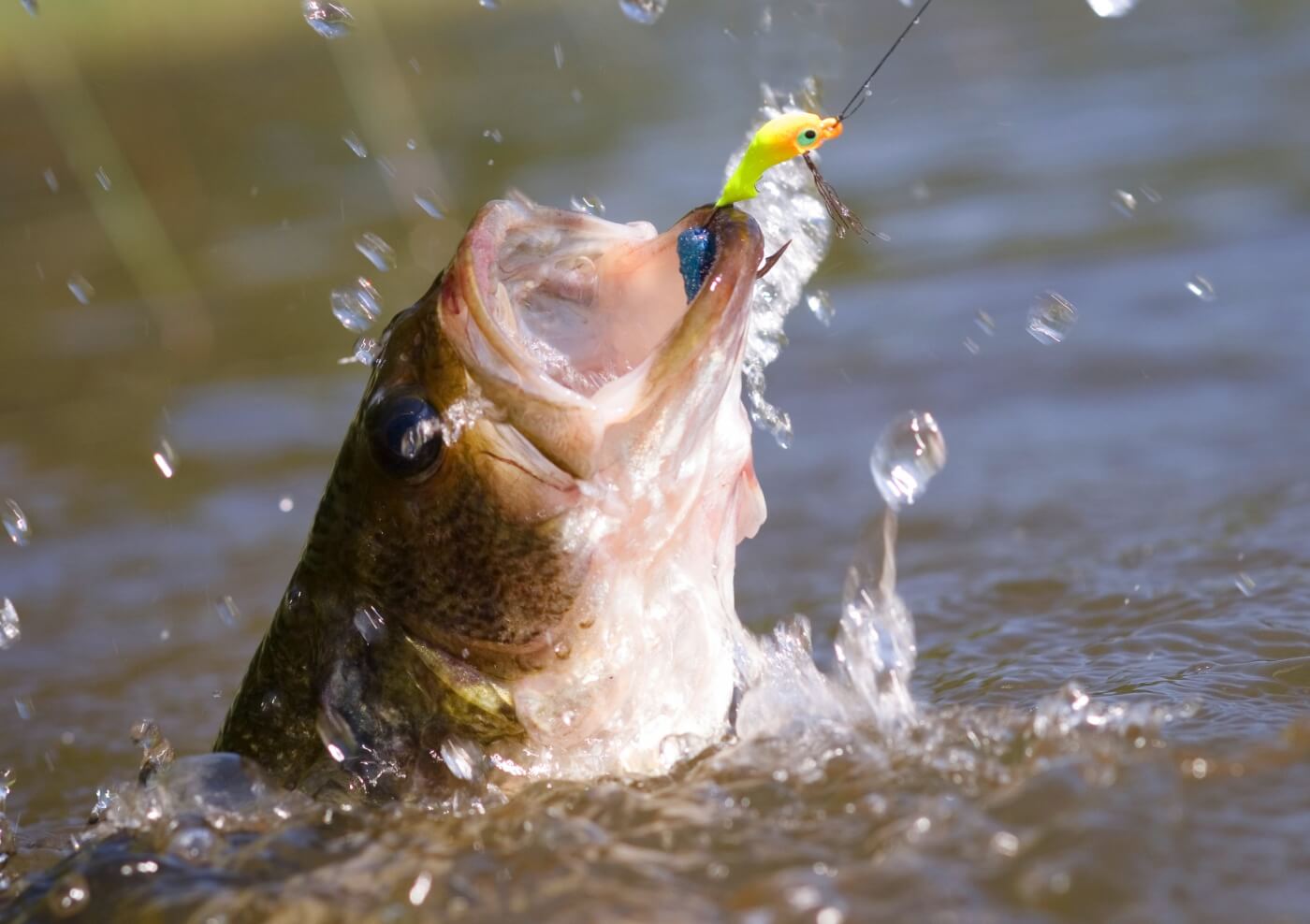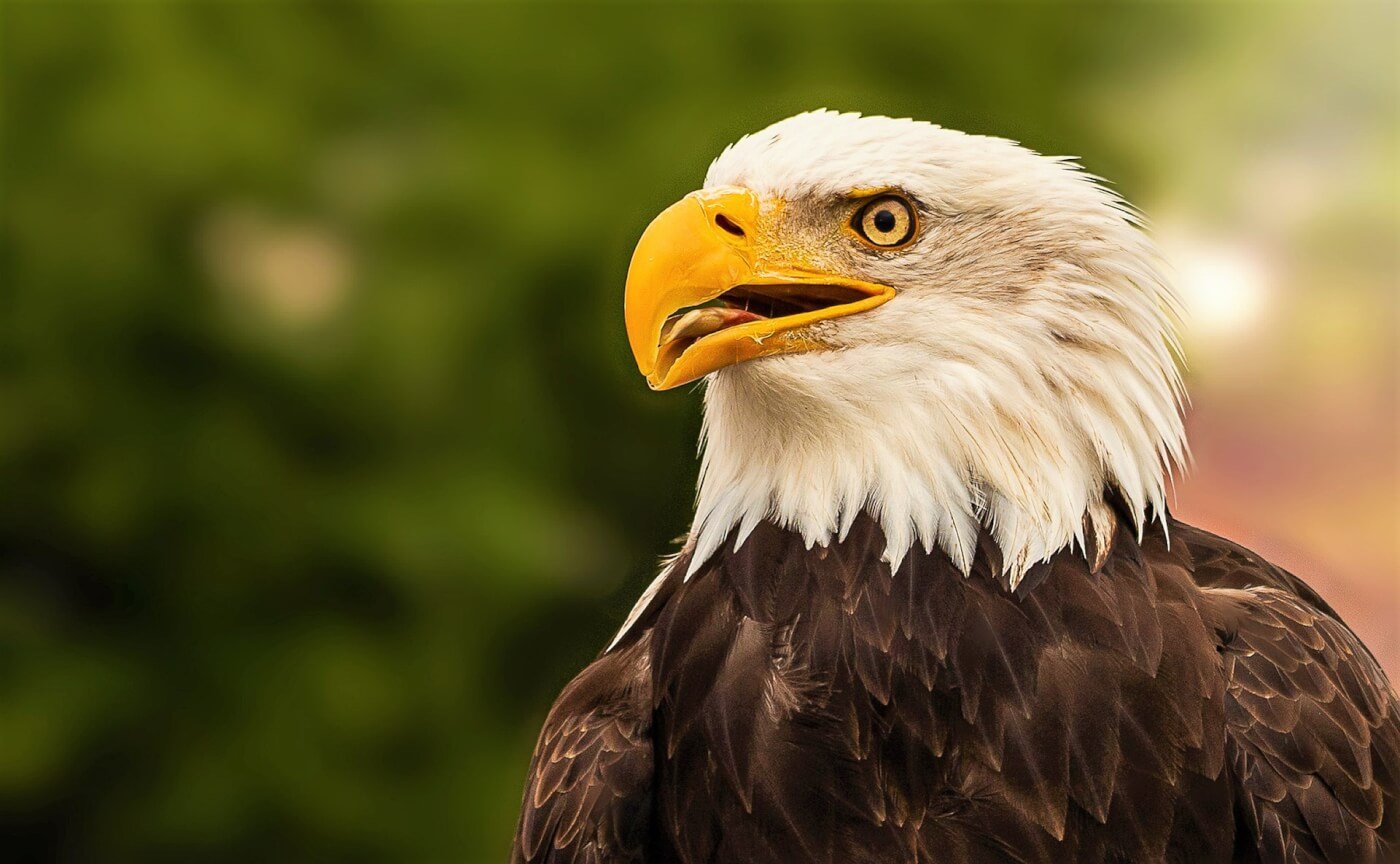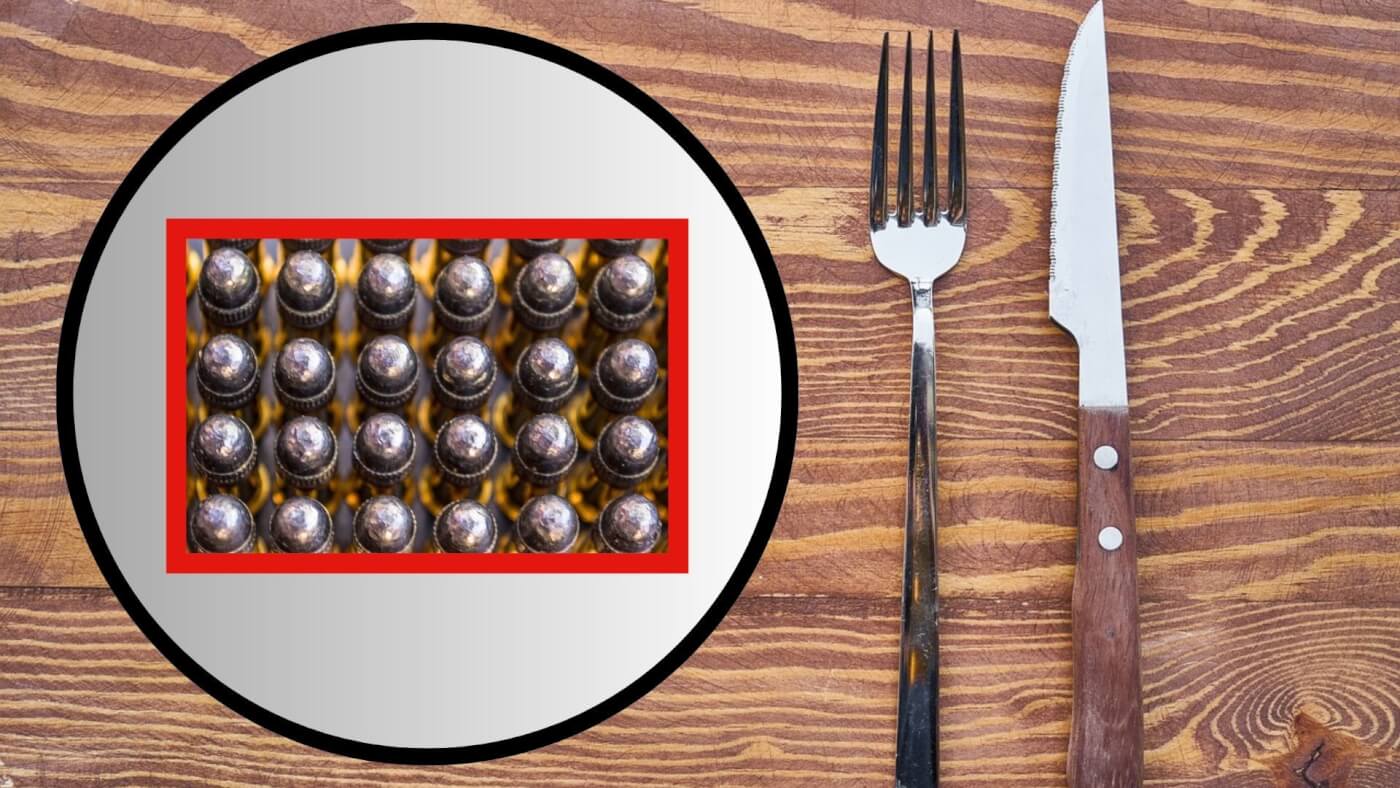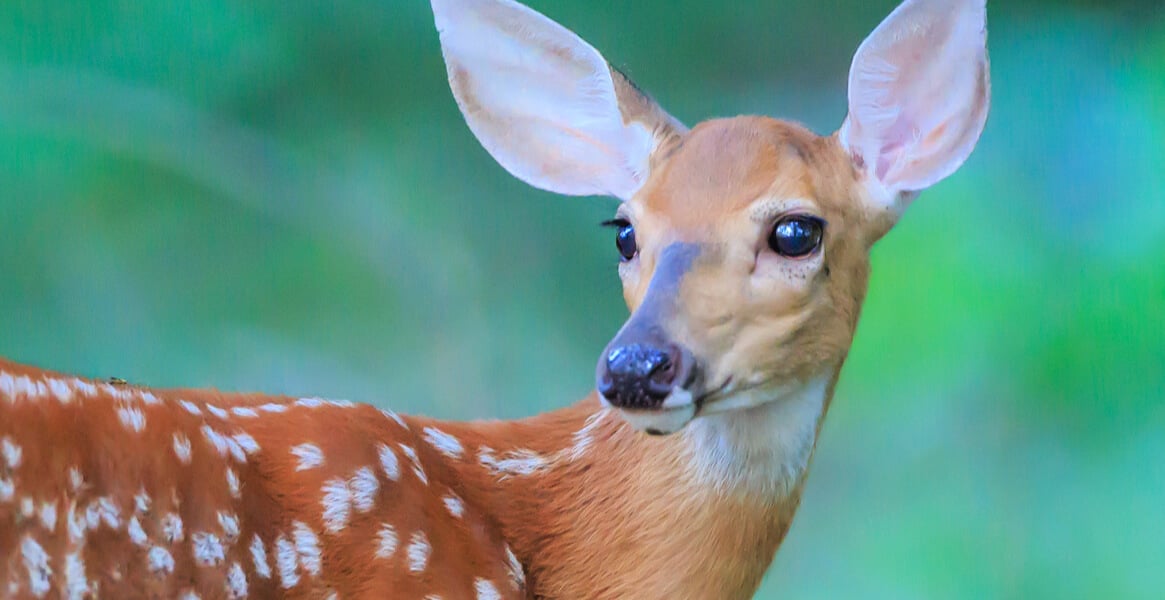The Perilous Ripple Effects That Lead Ammo Has on Animals, Humans, and the Planet
Is lead ammunition more harmful than other types of hunting ammo? While all ammunition—and all hunting—can cause pain and death, the dangers posed by lead bullets and fishing tackle affect a wider range of individuals than you might imagine. Those who hunt using lead ammo may not know that they could kill more than just their intended targets. They unknowingly endanger other animals—including birds of prey and even humans—who eat the remains of animals shot with lead bullets, and the toxic metal they leave behind contaminates the surrounding environment.
Because of the many dangers posed by lead ammunition, the Biden administration proposed a federal ban on it in mid-2022.
How Targeted Animals Who Aren’t Instantly Killed by Lead Ammunition Suffer
Hunters wound and mangle deer, bears, and other animals with bullets, but the targeted animals often don’t die immediately. Once pierced by lead ammo, those who are able to escape or hide may succumb to the fatal effects of lead poisoning in a few days—while others will suffer for weeks on end before dying. Hunters’ infliction of slow, agonizing deaths on these individuals disrupts migration and hibernation patterns and destroys animal families.
Fish are individuals with unique personalities who feel pain, yet they are one of the most targeted animal groups. The fact that the word “fish” refers to both the sentient beings and the act of killing them is proof of this. As a go-to for anglers, lead tackle remains in frequent use, and the complications that toxic lures and sinkers cause fish are similar to the complications that lead ammo causes animals who live on the land.
The symptoms of lead poisoning in fish who are snagged by lead tackle or caught and released set in quickly and are fatal. They include the following:
- Nerve damage
- Brain malfunction
- Organ and tissue decay
- A weakened immune system
Why Lead Ammunition Is Deadly to Predatory Birds
Bald eagle couples build their nests together and stay with each other until one mate dies. These devoted birds are protected by the Migratory Bird Treaty Act and the Bald and Golden Eagle Protection Act. Both prohibit killing, selling, or harming eagles, their nests, or eggs.
Since bald eagles primarily eat fish and carrion, lead ammo has become an increasing threat as hunters load up on cheap lead bullets and buckshot. The birds ingest lead when they feed on animals gunned down and abandoned by hunters or on “gut piles” left behind after humans butcher the carcasses of animal victims. One 2022 study found that about half of bald and golden eagles are suffering from chronic, toxic levels of lead due to lead ammo.
A sliver of lead the size of a grain of rice can kill a bald eagle within three days. Paralysis, blindness, brain damage, and organ failure are common in eagles dying from lead poisoning. The birds have difficulty standing up and lose their appetite. Given hunters’ undeniable complicity in the gut-wrenching deaths of one of America’s most cherished icons—not to mention the other blood on their hands—you’d think they’d consider finding a less harmful hobby.
Lead ammo also kills many other birds of prey, including loons, storks, swans, and endangered whooping cranes. According to The Raptor Resource Project, “Lead poisoning has been documented in 63 species of birds since 1939, including ravens, pheasants and other game birds, owls, rails, gulls, buzzards, kites, eagles, vultures, condors, falcons, red-tailed hawks, white-throated sparrows, yellow-rumped warblers, and solitary vireos. Waterfowl eat ammunition or lead sinkers while foraging in lakes and upland birds mistake shot for seeds or grit and eat it.”
The death toll is staggering: Lead poisoning kills as many as 20 million birds and other animals each year.
The Risk to Humans of Eating the Flesh of Animals Hunted With Lead Ammunition
While eating any animal flesh is detrimental to human health, consuming animals’ bodies that may contain traces of lead is especially risky. Lead pellets and fragments have been found in the gastrointestinal tracts of humans who have eaten animals shot with lead-based ammo. Even dust-size particles of lead scattered beyond any bullet wound can taint animals’ flesh.
Lead is toxic to the kidney, heart, and liver as well as to the reproductive, immune, and central and peripheral nervous systems. It’s also deemed likely carcinogenic. And children exposed to even slightly elevated levels of lead can experience lasting neurological disabilities.
Fish who have come into contact with lead tackle can spread that toxin to humans who eat them. If the risks of mercury and multiple other pollutants aren’t reason enough to stop eating fish, the threat of lead poisoning should catch anglers’ attention and convince them to stop stealing animals from their families and homes.
Animals aren’t ours to eat. Going vegan helps us live in harmony with wildlife, care for the planet, and have a far better chance at a healthy life. Try PETA’s recipes, including some for vegan seafood.
Largely Unregulated Lead Ammunition and Fishing Tackle Contaminate the Environment
Hunters fire off an estimated 3,000 tons of lead ammo every year in pursuit of their blood sport. Another 80,000 tons litter shooting ranges. The spent lead poisons over 130 species of wildlife. Amid the ongoing climate catastrophe, this amount of additional harmful waste and environmental damage is unconscionable.
At the top of the food chain in many aquatic environments, fish are the most susceptible to lead exposure. Meanwhile, anglers pollute ponds and streams with some 4,000 tons of lead lures and sinkers annually. Considering that humans already drag out of the water and suffocate billions of fish and “bycatch” animals, ending the use of toxic lead tackle is the least we can do.
Lead ammo is poisoning animals and habitats in widespread ways and is noxious to humans who eat hunted animals, so we must keep raising awareness and stop its use.
What You Can Do to Help Eliminate Lead Ammunition
In recent years, some states and environmental organizations have called for the use of copper and other readily available lead-free ammunition.
However, that hardly begins to address the broader issue: Hunters’ use of any kind of ammo to perpetuate their bloody, senseless pastime always leads to suffering and death.
Find out more about how hunting causes harm:
And get a vegan starter kit to help keep all animals off your plate:
Note: PETA supports animal rights, opposes all forms of animal exploitation, and provides the public with information on those issues. PETA does not directly or indirectly participate or intervene in any political campaign on behalf of or in opposition to any candidate for public office or any political party.

